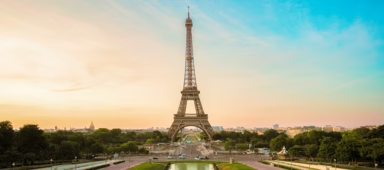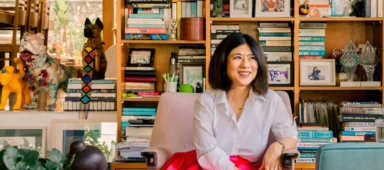Rainforest Fringe Festival celebrates the rich tapestry of Sarawak
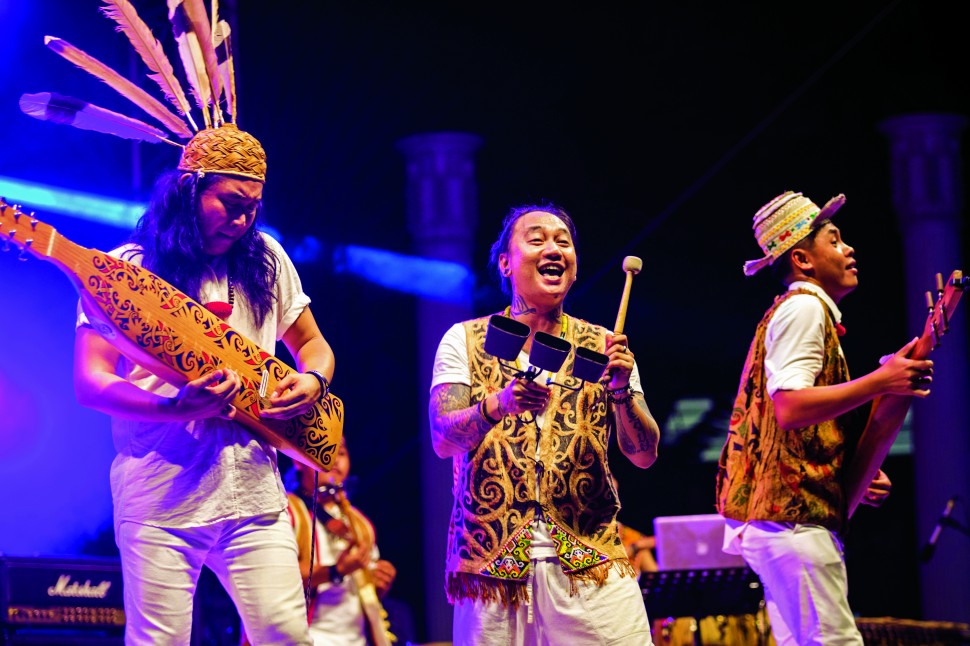
Sarawak is the sort of place that reels people in, without letting go. Visitors are often captivated by the sense of mystery and the mystical in the eastern Malaysian state’s rich culture, layered with ancient Borneo rainforests, historical White Rajahs, unique spiritual practices, soulful art and forest foods.
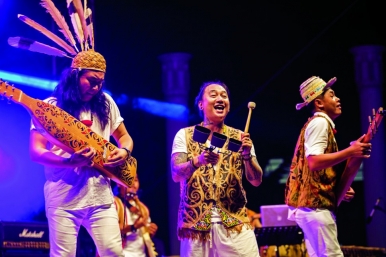
It is these rich layers that the Rainforest Fringe Festival aims to showcase in a 10-day extravaganza to be held in the state capital of Kuching on 6-15 July.
This will be the second time that the Rainforest Fringe Festival is being held as a run-up to the world-famous Rainforest World Music Festival in Santubong, just outside Kuching. Both festivals complement each other, with the Fringe Festival celebrating Sarawak’s deep culture as the music festival celebrates world music.
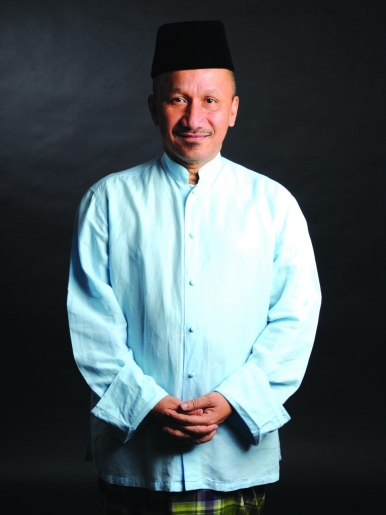
Joe Sidek, director of the Rainforest Fringe Festival, hopes to reveal these layers in the same captivating manner as he has made George Town in Penang state come alive through his George Town Festival, which is now in its ninth year. “These layers are the story. That’s what makes it interesting, all these layers that lie beneath or in between,” he says. “I want to touch hearts, not just go for the wow factor.”
The festival’s opening show this year is called ‘Sarawak: The Indigenous Showcase’ and aims to weave the traditional with the contemporary. This showcase is the first part of an ambitious two-year project that fuses dance, story-telling, chants, music and art.
It will feature Sarawakian dancer and choreographer Raziman Sarbini, who is based in New York, and Sarawakian soprano Dewi Liana Seriestha. The aim is to create a world-class production by next year that can tour the festival circuit.
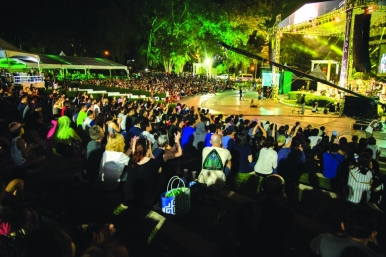
“Sarawak is the only place (where) we can find this sort of look and sound,” Joe said. Marrying the old with the new, the show aims to go well beyond tourism clichés.
In fact, Joe said the festival is not a tourist fest, lthough visitors are welcomed, of course. Festivals, he said, should be primarily for the local community to celebrate the richness of the world around them, and to be inspired by new ideas and interpretations of their music, food, textiles, crafts and art. “The festival is to inspire our own people, although it’s great, of course, if foreign visitors find it intriguing and interesting too,” he said.
The events over the 10 days will showcase not just the traditional parts of Sarawak’s deep culture but also explore how these are changing as the local people adapt to their changing environment and lifestyles. Sarawak is far from a fossil or museum piece. With some 30 indigenous ethnic groups, it has a rich culture drawn from ancient spiritual beliefs and the rainforest, which is now being adapted by its peoples who have moved to the cities.
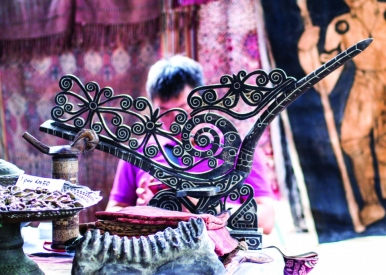
The Rainforest Fringe Festival will explore these layers through a heady mix of exhibitions, film screenings, workshops, lectures, art installations and a marketplace. An exhibition on tattoos is expected to be a crowd-puller, as tribal tattoos often evoke awe for their beauty and intricacy. Stories of tribal tattoos from around the world will be on show too, along with a special session with 24 Sarawakians who will tell the story of their own tattoos.
Like the tattoo exhibition, many of the other festival events will include an element of international participation that Joe hopes will help spark creativity and innovation. One particularly interesting showcase is the ‘Bamboo that Binds & Wood’, a three-part series of programmes curated by Sarawakian architect Wendy Teo. Drawing together artisans from the region, the hope is to spark fresh ideas in the creative use of bamboo and wood, both of which are a key part of the traditional architecture and crafts of the region.
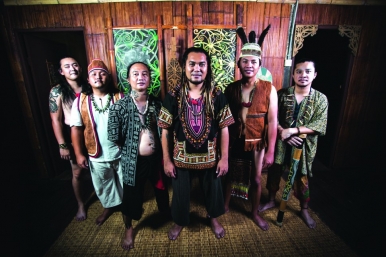
The programme includes an interactive installation of angklung (a traditional musical instrument made of bamboo in different lengths), a forum with international speakers on the creative uses of bamboo and wood, and a 20-day workshop with designers from Thailand, Taiwan and Sarawak to redesign Bornean crafts. The designers will be tasked to create innovative new designs during intensive sessions together in June, and these will be showcased during the festival. These cross-border collaborations can help evolve and enrich cultures, said Teo, recalling how her grandfather who was a carpenter in Serian, about an hour’s drive from Kuching, had found fresh ideas through his collaboration with Bidayuh craftsmen in neighbouring areas.
As with the George Town Festival, the Rainforest Fringe Festival events will also be spread out around the compact old town area of Kuching and beyond, to get visitors to explore the city for themselves. Borneo 744, an ultra-hip cavernous event space, will host a buzzing Market that will showcase not just local arts, crafts and food, but also exotic plants and books. Sarawak is home to a wide range of endemic flora, said Joe, reminiscing about his childhood visits to the market that always included plants for sale.
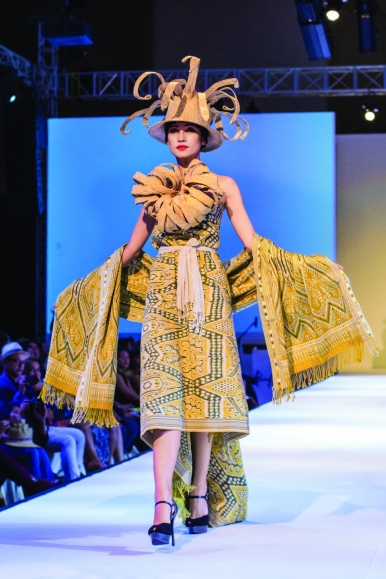
Beyond the festival events, visitors will be encouraged to seek out hidden treasures in the city. There are permanent exhibitions that, though small in scale, tell evocative personal stories about different aspects of Sarawak life. This includes the gallery at the Tun Jugah Foundation that displays the collection of textiles, beads, silver, jars and memorabilia of the family of Tun Datuk Patinggi Tan Sri Temenggong Jugah anak Barieng, also known as Tun Jugah, the Paramount Chief of the Iban people for more than 55 years. As a gallery devoted to the traditional Iban ikat weaving, or pua kumbu, there are nearly always weavers there making new masterpieces in the old tradition.
The Sarawak Museum is currently undergoing a major refurbishment to build a world-class facility to open in 2020, but a compact exhibition remains open to tell the stories of the cosmology, customs and culture of various ethnic groups. Interestingly, the exhibits are grouped by theme, such as marriage or death, rather than by ethnic group. This often creates a jolt of recognition when visitors see how similar or different the customs and traditions are, though they celebrate the same occasion. This may lead to better understanding of each other.
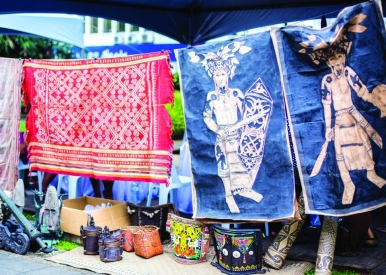
For the first time, the festival also aims to get visitors beyond the city comforts of Kuching to experience Sarawak in the raw. It will be offering bespoke trips to longhouses hidden in the forests, accessible only by boat or on foot. As one of the wildest places in the world, Sarawak intrigues in a way that few places can do. Even its more recent past appears to be right out of a movie – the story of the White Rajahs who ruled Sarawak for a century, and whose descendant, Jason Brooke, continues to be drawn to this place. He heads the Brooke Trust that now runs the Brooke Gallery to tell the story of his ancestors.
For 10 days in July, the Rainforest Fringe Festival will bring these stories to life. “I always say that I’m just the baker making the cake; all the ingredients are already here,” said Joe.

